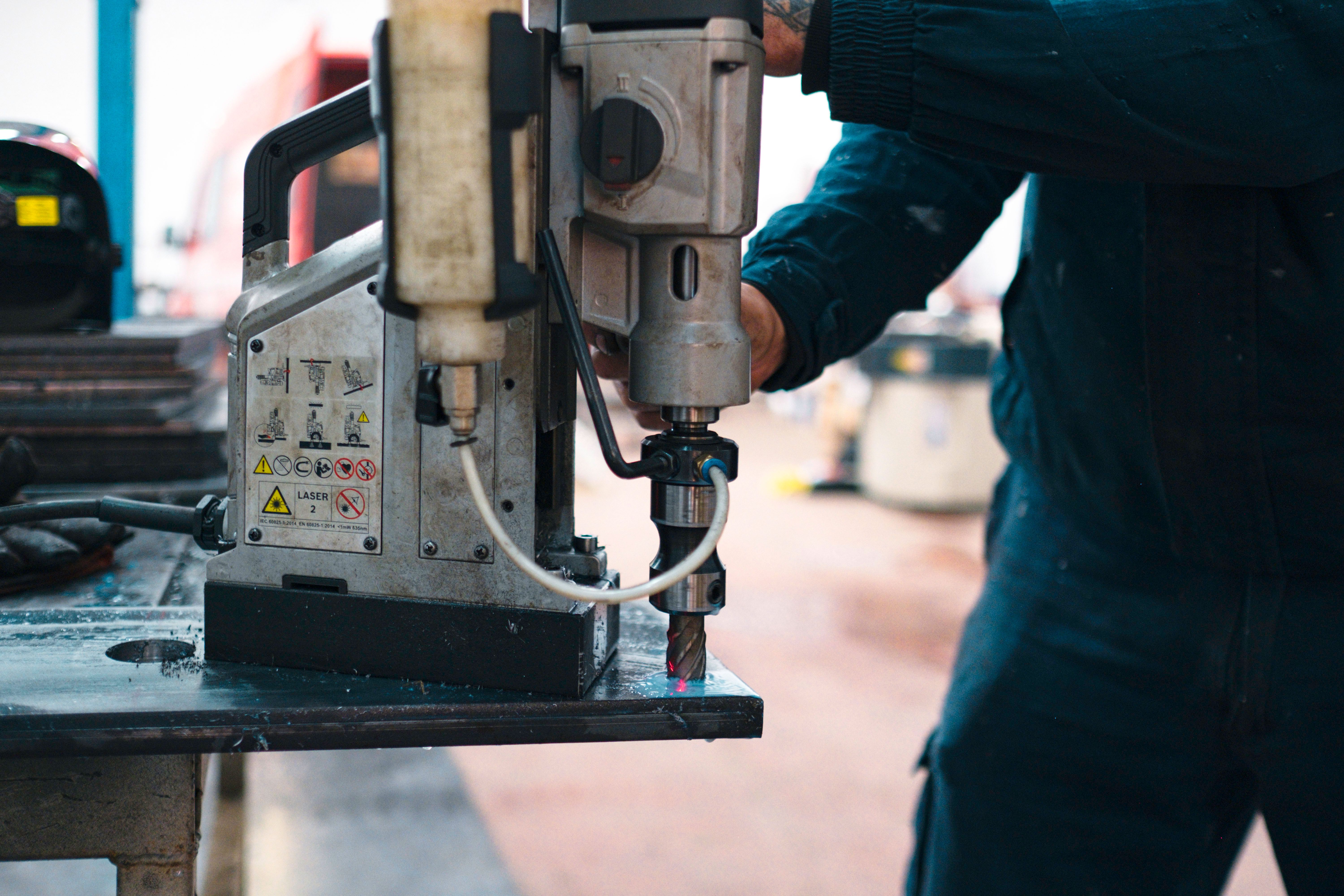Choosing the Right Magnetic Drill: Expert FAQ Guide
RR
Introduction to Magnetic Drills
Magnetic drills are essential tools for any construction or metalworking project that requires precision drilling. They offer the ability to drill holes in metal surfaces with ease, thanks to their powerful electromagnets that hold the drill in place. Choosing the right magnetic drill, however, can be a daunting task given the variety of options available.

What is a Magnetic Drill?
A magnetic drill, also known as a mag drill, is a portable drilling machine equipped with an electromagnetic base. This base allows the drill to adhere securely to ferrous metal surfaces, providing stability and precision during operation. Magnetic drills are ideal for applications where a standard drill press cannot reach.
Types of Magnetic Drills
There are several types of magnetic drills available on the market, each designed to meet specific needs:
- Electric Magnetic Drills: Powered by electricity, these are the most common and versatile type.
- Pneumatic Magnetic Drills: These use compressed air and are suitable for environments where electricity poses a risk.
- Hydraulic Magnetic Drills: Ideal for heavy-duty applications, offering high power and torque.
Factors to Consider When Choosing a Magnetic Drill
When selecting the right magnetic drill for your needs, there are several important factors to consider:
Drilling Capacity
The drilling capacity of a magnetic drill refers to the maximum diameter and depth of hole it can effectively create. Consider the thickness and type of material you will be working with to ensure that the drill you choose can handle the required specifications.

Power Source
Consider the power source that best suits your work environment. While electric models are widely used, pneumatic and hydraulic options may be more suitable for specific applications, particularly in hazardous environments where sparks from electricity could pose a risk.
Understanding Specifications
The specifications of a magnetic drill can seem overwhelming, but focusing on a few key aspects will simplify your decision-making process:
Magnetic Adhesion Force
This refers to the strength of the electromagnetic base. A higher magnetic force ensures better stability during drilling, particularly on vertical or overhead surfaces. Ensure that the model you choose has sufficient adhesion force for your intended use.
Weight and Portability
The weight of a magnetic drill is crucial if you need to transport it frequently or use it in various locations. Lighter models offer more portability, while heavier ones may provide more stability during operation.

Essential Safety Features
Safety should always be a priority when operating power tools. Look for magnetic drills with built-in safety features such as overload protection, which prevents motor burnout by shutting off the drill if it becomes overloaded.
Maintenance and Longevity
Regular maintenance is key to extending the lifespan of your magnetic drill. Choose a model that offers easy access to parts for cleaning and replacement. Additionally, consider the availability of service centers or customer support for repairs and troubleshooting.
Conclusion
Selecting the right magnetic drill involves understanding your specific needs and matching them with the features of available models. By considering factors such as drilling capacity, power source, and safety features, you can make an informed decision that ensures efficiency and precision in your projects. Always remember to prioritize safety and maintenance to maximize the lifespan of your tool.